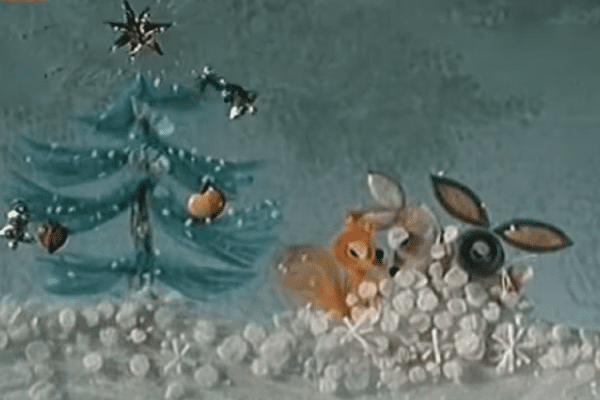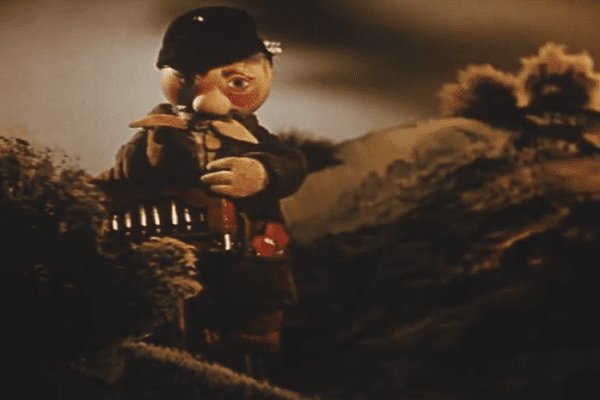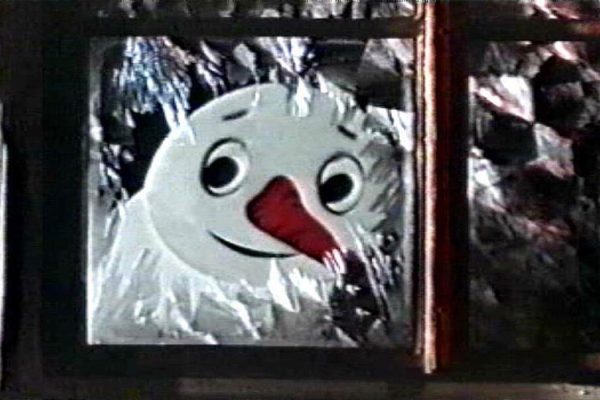Arguably one of the most famous characters in Czech fairytales and legends, Vodník, also known as hastrman, is a mythical water goblin who lurks in dark ponds and lakes, luring beautiful young women to their deaths. This mysterious water sprite, who is often portrayed as a hideous green man dressed in dripping coattails and riding a catfish, haunts the imagination of the Czech nation.
The tale of Vodnik, which has caused countless Czech children to tremble in their beds, with their blankets pulled up to their chins, is a significant part of the Czech culture and history. Within the Czech republic, Vodnik is a figure who is as iconic as Little Red Riding Hood or Goldilocks.
The legend of Vodník comes from a famous poem by Czech poet Karel Jaromir Erben entitled Kytice, which was published in a collection of his poems. The opening lines of the poem are some of the most famous in Czech poetry and, to this day, they are recited by Czech school children who are required to learn the lines by heart.
The beginning of the poem, which was translated from the original Czech into english by Susan Reynolds, the curator of Czech and Slovak literature at the British Library, is as follows:
On a poplar by the pool
The Goblin sat at twilight cool:
‘Glow, moon, glow,
That my thread may sew.For myself new boots I’m sewing
, On dry land and water going:
Glow, moon, glow,
That my thread may sew.‘Thursday now—tomorrow’s Friday—
sew a coat all trim and tidy:
Glow, moon, glow,
That my thread may sew.Coat of green and boots of red
, For tomorrow I’ll be wed:
Glow, moon, glow,
That my thread may sew.’
Vodník is often depicted as a lonely character who is in want of a wife. One day, he decides to trap the beautiful young maiden who come to the lake to wash her clothes and he forces her to marry him.
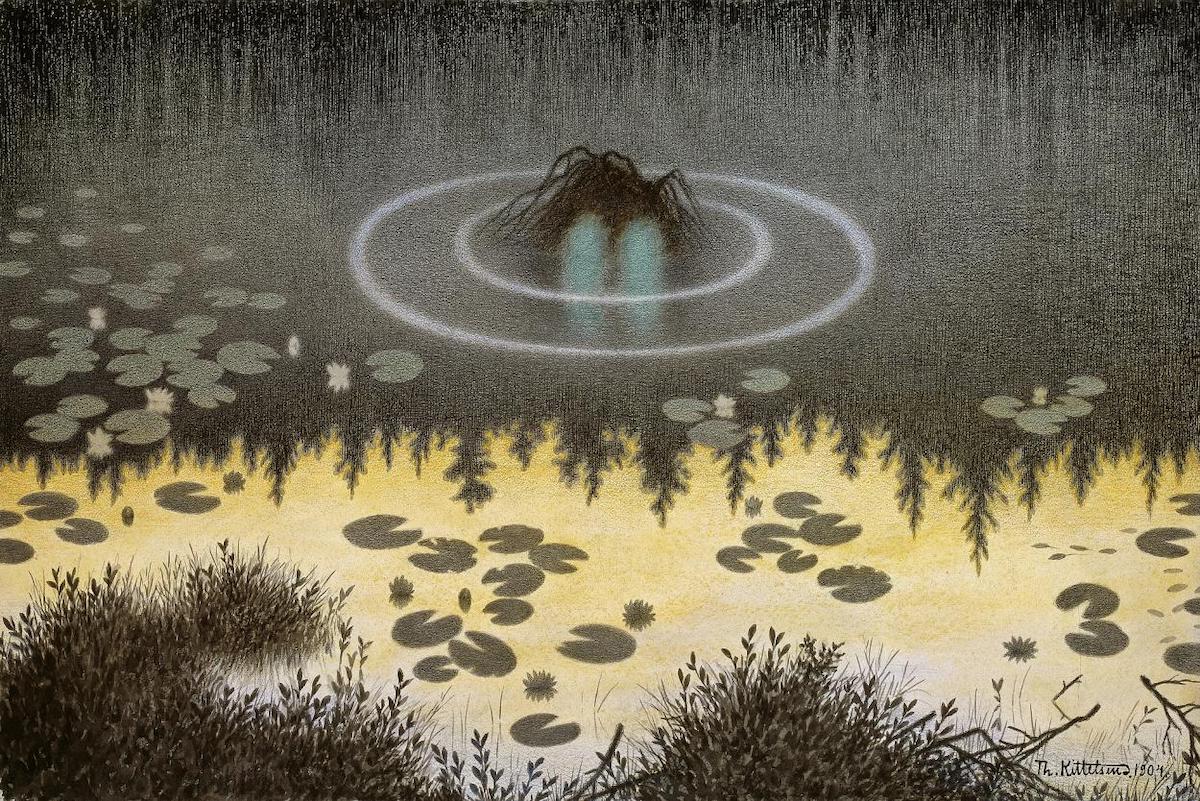
In this striking animation, based on the ballad of Vodník from the poem Kytice, the legendary water goblin is brought to life. The animation focuses exclusively on the part of the poem about the water goblin, since the entire poem itself is much longer.
In the poem, Vodník sits on a poplar by a dark lake, sewing himself a pair of boots in the moonlight. Tomorrow, he plans to wed the young maiden who lives nearby and who comes to the pond to wash her clothes. The unsuspecting young woman, who ignores her mother’s warnings, goes to the pond to wash her clothes and falls into the water.
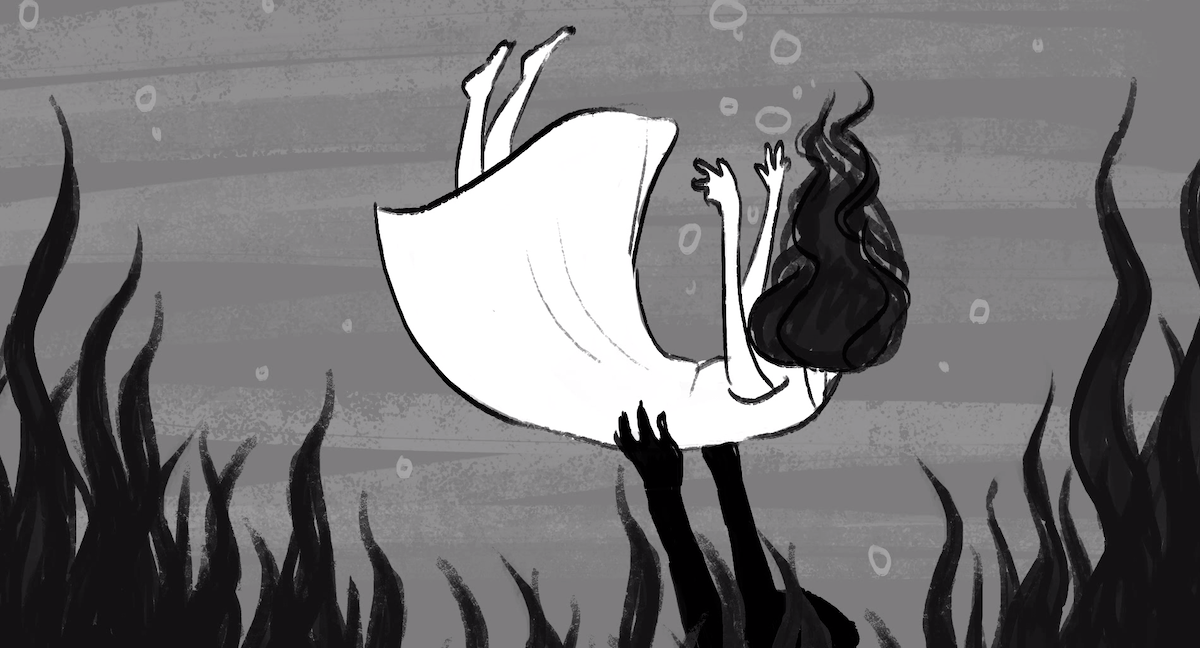
There, deep in the glimmering black pond where silver moonlight plays on the water, the water goblin forces her to marry him, to have his child, and to remain with him forever in his dark underwater world.
However, one day she manages to persuade him to allow her to visit her mother. But permission is granted only under several conditions; firstly, she must leave her son behind, and secondly, she must return to the pond by nightfall. So she leaves the dark underwater world and goes to see her mother, who begs her not to return.
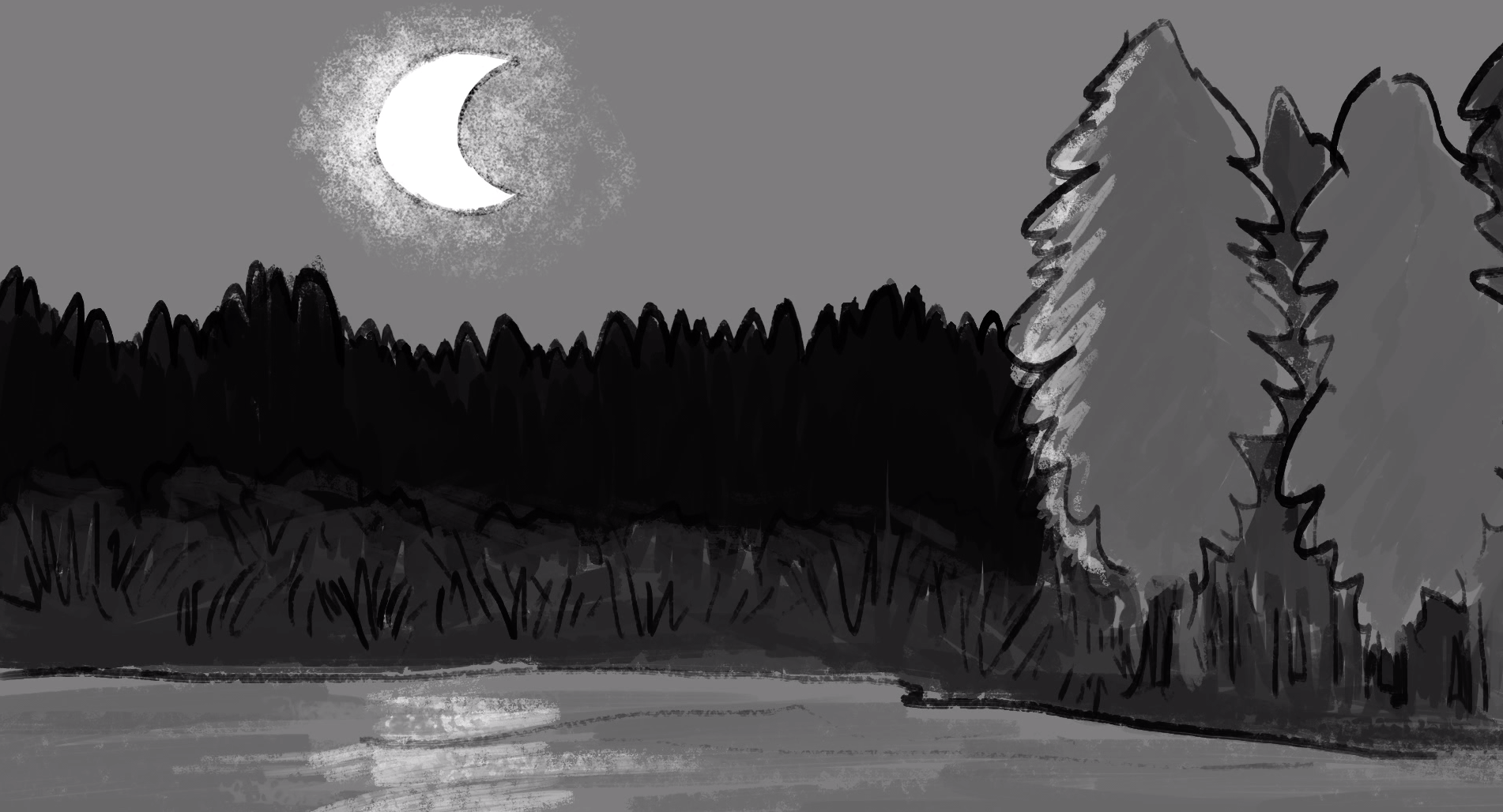
Nightfall comes, and the girl and her mother hide themselves in the closet and the lock the door. At midnight, Vodnik comes to the door. He knocks at the door and asks the girl to return to him. When she refuses, he insists, telling her, “Your child is crying” to which the mother replies, “Then bring him to our door”. Vodnik obeys. However, when at last they open the door, they find the child, beheaded, in a pool of blood on the doorstep.
As you can tell from the poem, Vodnik is generally depicted as a rather sinister figure, with water dripping from his coattails and with frightening, bulging eyes, but more comical versions of the water sprite do exist, such as in the Czech fairytale princezna ze mlejna. The kind versions of the water goblin are often portrayed as pipe-smoking figures which harmlessly sit in the branches of willow trees, playing the violin in the twilight.
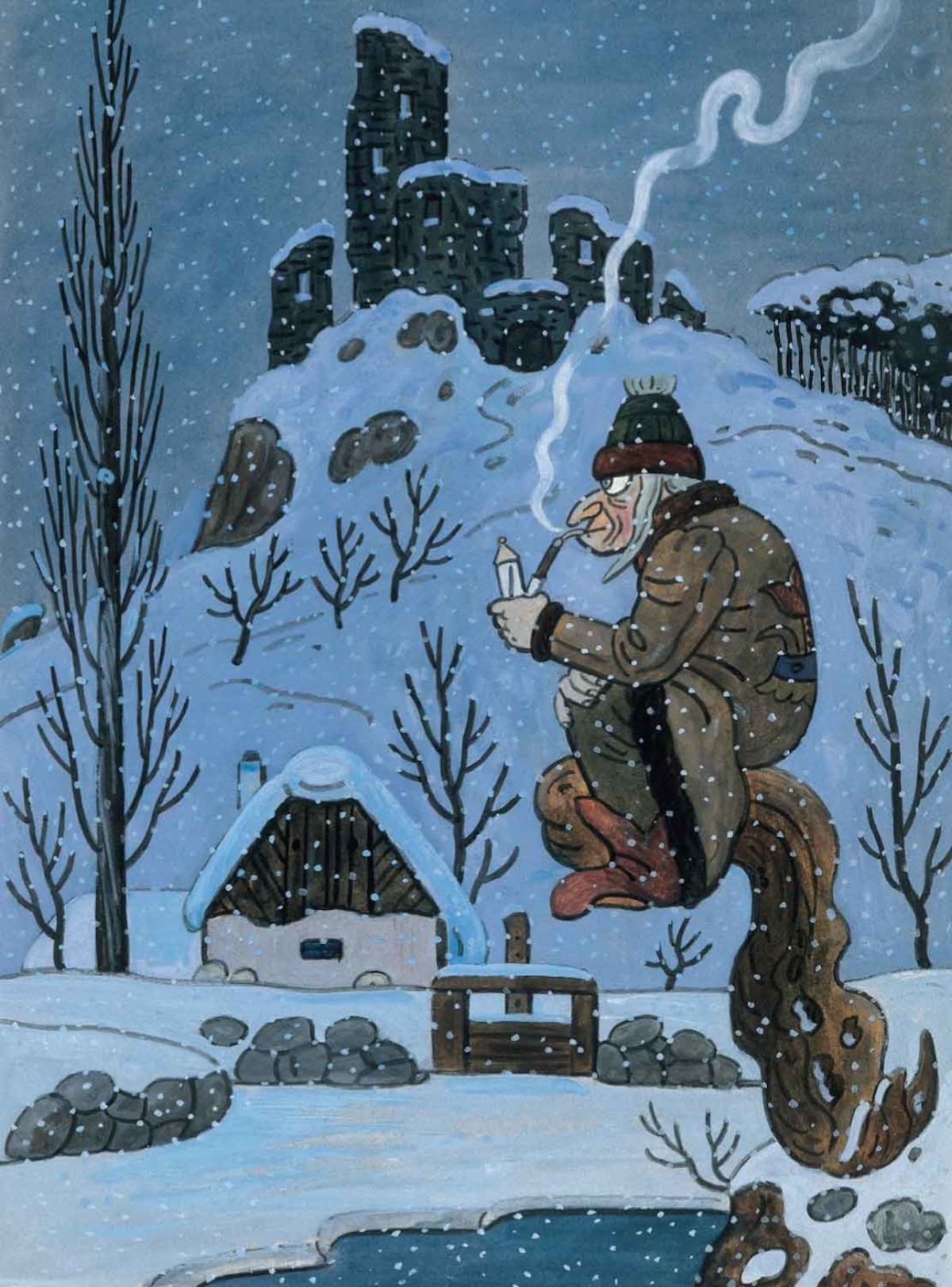
The more popular version of the water goblin, however, is the evil one. Vodnik is most often portrayed as a disturbing figure who lays ribbons and small mirrors at the edge of the water in order to lure girls into the water. He is also known to catch inexperienced swimmers, block mill-wheels, and to transform himself into all kind of animals in order to trick his victims. For example, he is known to transfigure himself into a horse gazing by the shore, and when someone tries to ride him, he jumps into the water with the person on his back, drowning them.
The image of the menacing water goblin, who traps the souls of drowned victims in porcelain teacups, is one which is deeply embedded in the imagination of the Czech people. References to Vodnik appear in Czech songs, films, television, and even in conversations.
We know that you could spend hours, days, weeks and months finding some of this information yourselves – but at this website, we curate the best of what we find for you and place it easily and conveniently into one place. Please take a moment today to recognize our efforts and make a donation towards the operational costs of this site – your support keeps the site alive and keeps us searching for the best of our heritage to bring to you.
Remember, we rely solely on your donations to keep the project going.
Thank you in advance!
If you have not already subscribed to get TresBohemes.com delivered to your inbox, please use the form below now so you never miss another post.
You purchase through any of the links below also support our work. Thank you!



